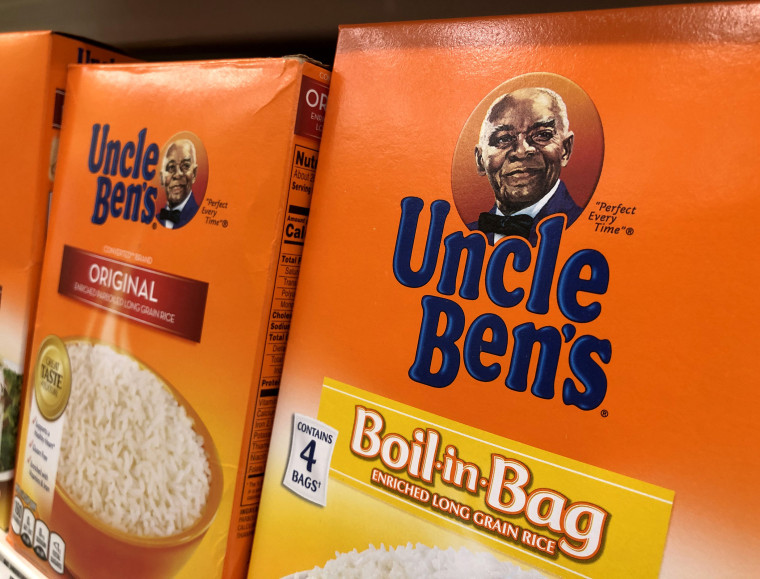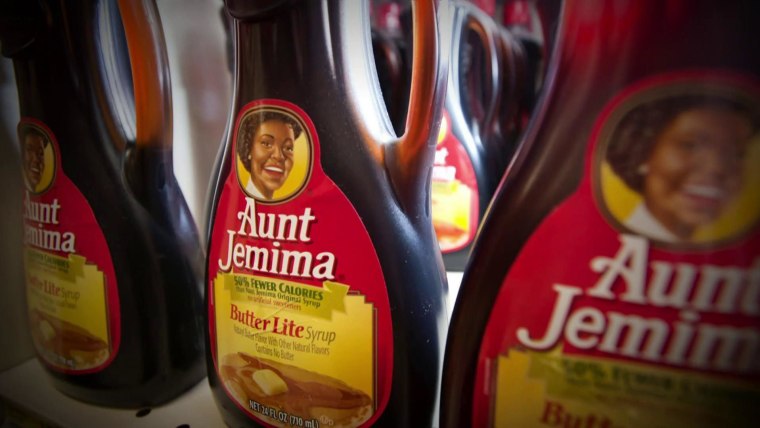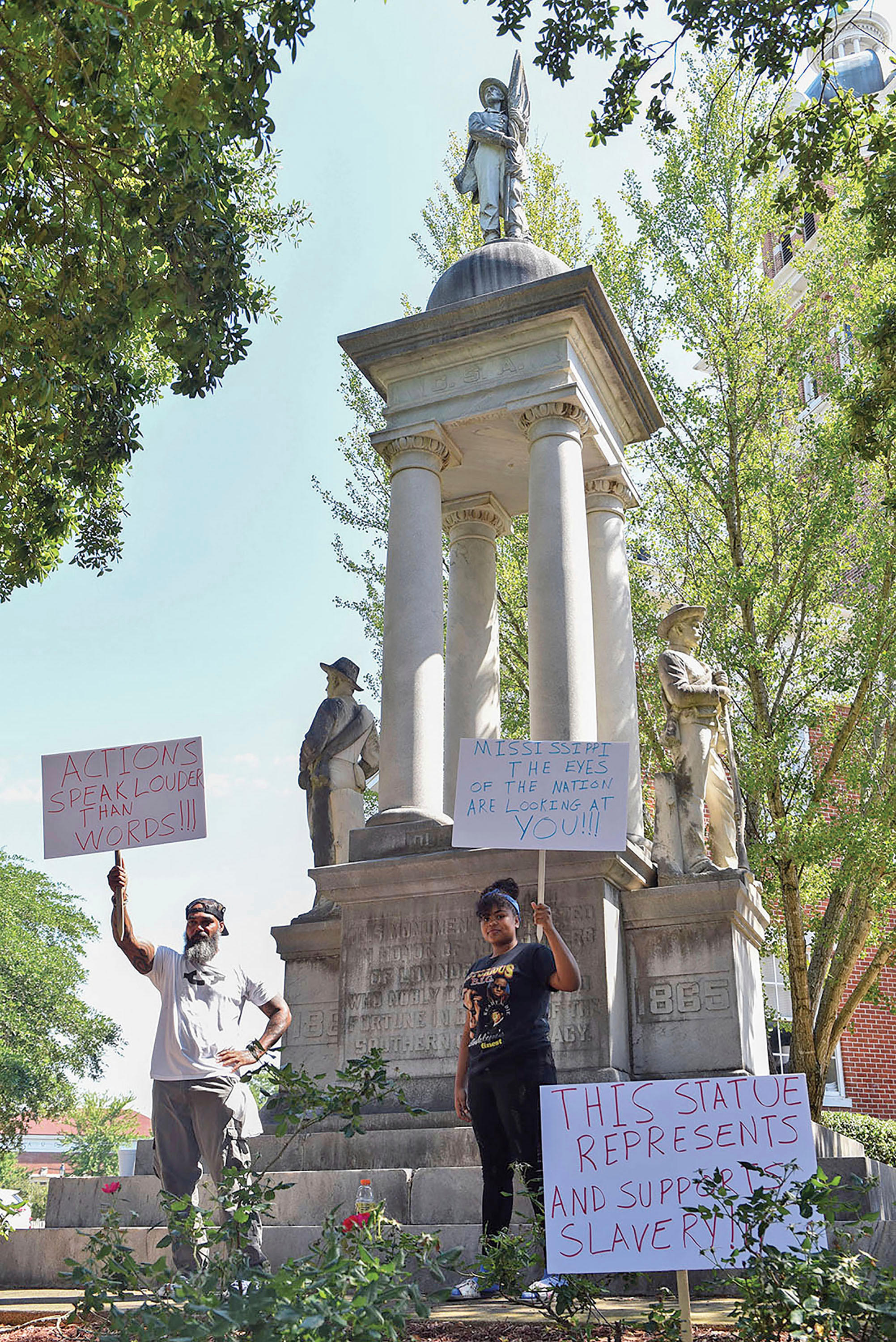THE LEFT HAS NOT ENGAGED IN ARMED STRUGGLE SINCE THE WEATHERMEN IN THE SEVENTIES AND ANTIFA DOES NOT COME TO PROTESTS ARMED
Scott Martelle, Los Angeles Times Opinion•June 16, 2020

Investigators examine the wreckage of the Alfred P. Murrah Federal Building in 1995, which was bombed by right-wing domestic terrorist Timothy McVeigh. (David J. Phillip)
While the nation has focused on the widespread demonstrations and marches protesting police brutality against people of color — particularly the killings of unarmed Black men — a parallel story has been unfolding in a series of violent incidents involving armed far-right extremists.
Federal officials announced Tuesday that a man in jail in connection with the killing of a Santa Cruz County sheriff’s sergeant is also implicated in the murder last month of a federal security officer in Oakland. Federal officials said the man — Air Force Sgt. Steven Carrillo — is linked to the loose-knit boogaloo movement that anticipates a new civil war in the United States.
Meanwhile, an armed counter-protester in Albuquerque shot and critically wounded a man who was part of a group demanding the removal of a statue of a 16th century conquistador, Don Juan de Oñate, who has a legacy of atrocities against native peoples.
In Bethel, Ohio, southeast of Cincinnati, armed counter-protesters engaged in violent encounters with Black Lives Matter demonstrators, though no shots were fired.
In Las Vegas, police detained three white right-wing extremists who allegedly assembled Molotov cocktails in a plot to instigate violence during a planned peaceful protest against the death of George Floyd while in Minneapolis police custody.
And in March, the FBI shot and killed an anti-government extremist whom they confronted during an investigation into a suspected plan to blow up a Kansas City hospital — a plot that seems to have been inspired by Timothy McVeigh's 1995 truck bombing of a federal building in Oklahoma City.
And let's not forget the armed militants who stormed the State Capitol in Lansing, Michigan, demanding that the state's stay-home orders be lifted, or the groups that took to patrolling streets in parts of Idaho in response to internet rumors that antifa protesters were on their way.
And President Trump thinks antifa is the problem.
Far-right and anti-government extremists have been among us for decades. They moved into a low level of prominence in the 1980s with The Order, the Aryan Nations and Posse Comitatus, groups that committed a series of murders and robberies as they sought, in part, to create a white homeland in the Pacific Northwest. Several died in violent confrontations with police.
The militia movement faded under legal challenges by the Southern Poverty Law Center and other rights advocacy groups and after the Oklahoma City bombing, which horrified the nation. But the far-right extremists continued in other forms.
With the election of President Obama, the first Black man to serve in the Oval Office, far-right groups began bubbling up again, and with the advent of Trump, they have become emboldened to the dangerous degree we see today. Even Trump’s FBI director, Christopher Wray, has pointed out to Congress that his agency views the threat of violence from the far right to be a more immediate risk than attacks from foreign terrorists.
This is not an easy problem to resolve. Romanticized notions of defending America from excesses of a tyrannical government course through the Second Amendment movement, something Trump likely fanned by blustering that he would send in the military to control unruly protests on city streets. But it's a problem that must be addressed.
While the nation has focused on the widespread demonstrations and marches protesting police brutality against people of color — particularly the killings of unarmed Black men — a parallel story has been unfolding in a series of violent incidents involving armed far-right extremists.
Federal officials announced Tuesday that a man in jail in connection with the killing of a Santa Cruz County sheriff’s sergeant is also implicated in the murder last month of a federal security officer in Oakland. Federal officials said the man — Air Force Sgt. Steven Carrillo — is linked to the loose-knit boogaloo movement that anticipates a new civil war in the United States.
Meanwhile, an armed counter-protester in Albuquerque shot and critically wounded a man who was part of a group demanding the removal of a statue of a 16th century conquistador, Don Juan de Oñate, who has a legacy of atrocities against native peoples.
In Bethel, Ohio, southeast of Cincinnati, armed counter-protesters engaged in violent encounters with Black Lives Matter demonstrators, though no shots were fired.
In Las Vegas, police detained three white right-wing extremists who allegedly assembled Molotov cocktails in a plot to instigate violence during a planned peaceful protest against the death of George Floyd while in Minneapolis police custody.
And in March, the FBI shot and killed an anti-government extremist whom they confronted during an investigation into a suspected plan to blow up a Kansas City hospital — a plot that seems to have been inspired by Timothy McVeigh's 1995 truck bombing of a federal building in Oklahoma City.
And let's not forget the armed militants who stormed the State Capitol in Lansing, Michigan, demanding that the state's stay-home orders be lifted, or the groups that took to patrolling streets in parts of Idaho in response to internet rumors that antifa protesters were on their way.
And President Trump thinks antifa is the problem.
Far-right and anti-government extremists have been among us for decades. They moved into a low level of prominence in the 1980s with The Order, the Aryan Nations and Posse Comitatus, groups that committed a series of murders and robberies as they sought, in part, to create a white homeland in the Pacific Northwest. Several died in violent confrontations with police.
The militia movement faded under legal challenges by the Southern Poverty Law Center and other rights advocacy groups and after the Oklahoma City bombing, which horrified the nation. But the far-right extremists continued in other forms.
With the election of President Obama, the first Black man to serve in the Oval Office, far-right groups began bubbling up again, and with the advent of Trump, they have become emboldened to the dangerous degree we see today. Even Trump’s FBI director, Christopher Wray, has pointed out to Congress that his agency views the threat of violence from the far right to be a more immediate risk than attacks from foreign terrorists.
This is not an easy problem to resolve. Romanticized notions of defending America from excesses of a tyrannical government course through the Second Amendment movement, something Trump likely fanned by blustering that he would send in the military to control unruly protests on city streets. But it's a problem that must be addressed.



















